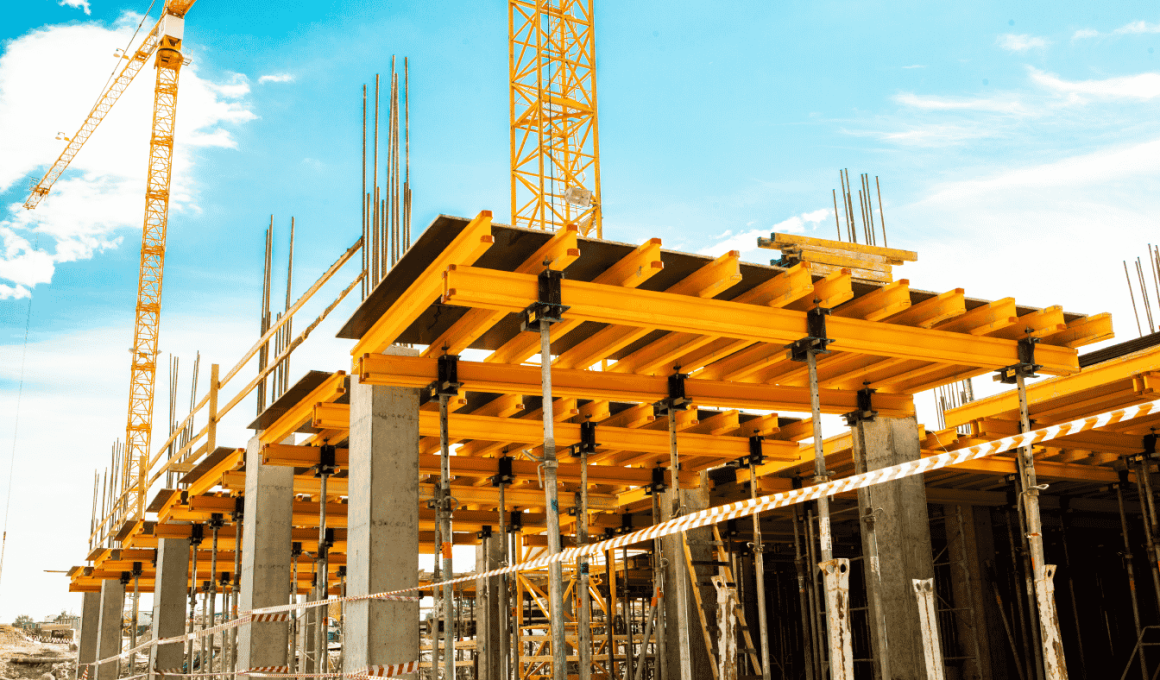ožu . 15, 2024 12:03 Back to list
Different types of formwork: how to choose the one that suits you best
The formwork is something being used in concrete constructions as a “mould”, where concrete is poured in. Formwork types vary in materials, for instance, or elements to be built.
Thus, they can also be named after the type of construction of structural elements such as the ones for walls, slabs, formworks for beams, for pillars for beams and columns, etc.
Once dismantled they can always be reused. Reusable formworks are known as panel forms, whereas disposable formworks are known as stationary forms.
Here is what makes a formwork perfect:
- Resistance against the pressure of fresh concrete, the speed of it welling up while being poured and its vibro-tamping.
- High quality and smooth finishing of concrete surfaces.
- Sturdy formation supported and efficiently reinforced both horizontally and vertically, in order to maintain shape and stability.
Also:
- Formwork materials must be economical, procurable and facilitate reutilisation
- The formwork follows a precise positioning line, along with a smooth, flat surface.
- The material cannot get misshapen when exposed to weathering.
Lumber formworks
Formwork timber must meet some requirements, and it has to be:
- well seasoned (kiln-dried)
- light-weight
- clear of gum veins or cracks
- When it comes to fair-face concrete the wood used for the formwork must present a smooth and uniform surface on all of its faces as it will come into direct contact with it.
Plywood formwork
After a resin-based treatment, the plywood sheets are fixed to the wooden frames in order to obtain a variety of sizes.
This type of formwork is not very costly in comparison with wood, if not even cheaper sometimes. Although it is more efficient than wood in some ways – it features a smoother finishing and can cover larger areas.
It can be reutilised far more times than the wooden formworks thus can be used even 20-25 times.
Both plywood and wooden formworks are nearly off the market for they are being replaced by formworks in other materials, more performing and reusable, such as steel. Some plywood might still be found on sites where a lighter structure is required.
Steel formwork
These panels are made of thin steel plates stiffened along the edge by tiny steel angles.
The panels can be manufactured in large amounts, in any desired modular shape or size. The steel formwork is widely used in large projects or where a large number of formwork reuses is necessary. This type of formwork is considered the most suitable for circular or curved structures.
Steel formwork rather than wood formwork – why:
- The steel forms are more resistant, durable and last longer when compared to wooden formworks; plus, their reuse is more frequent.
- Steel formworks can be installed and removed easily and quickly.
- Using steel formworks ensures a better quality of the concrete surface and do not require further treatment.
- Steel formworks do not absorb moisture from concrete.
- Steel formworks do not shrink nor deform.
Comax formwork system
One of our steel formwork systems is Comax.
Features:
- Large panel higher productivity (240x330cm);
- Sub-measures and compensation elements available;
- Large modularity of panels that can be applied both vertically and horizontally
- A “Self Compacting Concrete (SCC)” can be used;
- Panels can also be used for inclined walls;
- Wide range of accessories (corner brackets, service brackets, strutting beams).
With such large panels and just a few accessories, the COMAX system is the ideal solution to facilitate and accelerate formwork operations. It can withstand high pressures and easly adapts to any type of geometry (large-sized walls, pillars of different sections, elevator shafts).
Following a supply of over 5000sqm to an Algerian company, Comax was used for the construction of infrastructural works (motorways, bridges, metro network), specifically for the construction of piers, pulvins (bolsters), bridges and walls.
COMAX DISMANTLING
The key step for the correct reuse of the formwork is a perfect dismantling. Therefore, it cannot occur without precautions:
- Wait for the time required before dismantling. The length of time is strictly related to the concrete (type of concrete, aggressiveness and weathering)
- Unhook and take the loose elements off the formwork, such as tie rods and connecting elements
- Detach the form from the concrete surface with proper tools. By doing this the element will be untouched, and so will the form, which will not carry an unnecessary overload
- Attach the unit to the crane and lift it up
- Unhook the stabilization struts if any
- Lift and move the unit up to the next site or temporary warehouse. Make sure the panels are laid horizontally, so to avoid overturning
- Clean the panel as instructed
- You can now proceed with mantling the system.
-
China Single Sided Wall Formwork: AI-Optimized Solutions
NewsAug.02,2025
-
H20 Timber Beam Enhanced with GPT-4-Turbo AI Design
NewsAug.01,2025
-
Premium Timber Beam H20 | Strong & Durable Construction
NewsJul.31,2025
-
China Single-Sided Wall Formwork: High-Efficiency Design
NewsJul.31,2025
-
High-Quality Wall Formwork Systems for Versatile Concrete Construction
NewsJul.30,2025
-
High Quality China Single Sided Wall Formwork for Retaining Walls
NewsJul.30,2025
